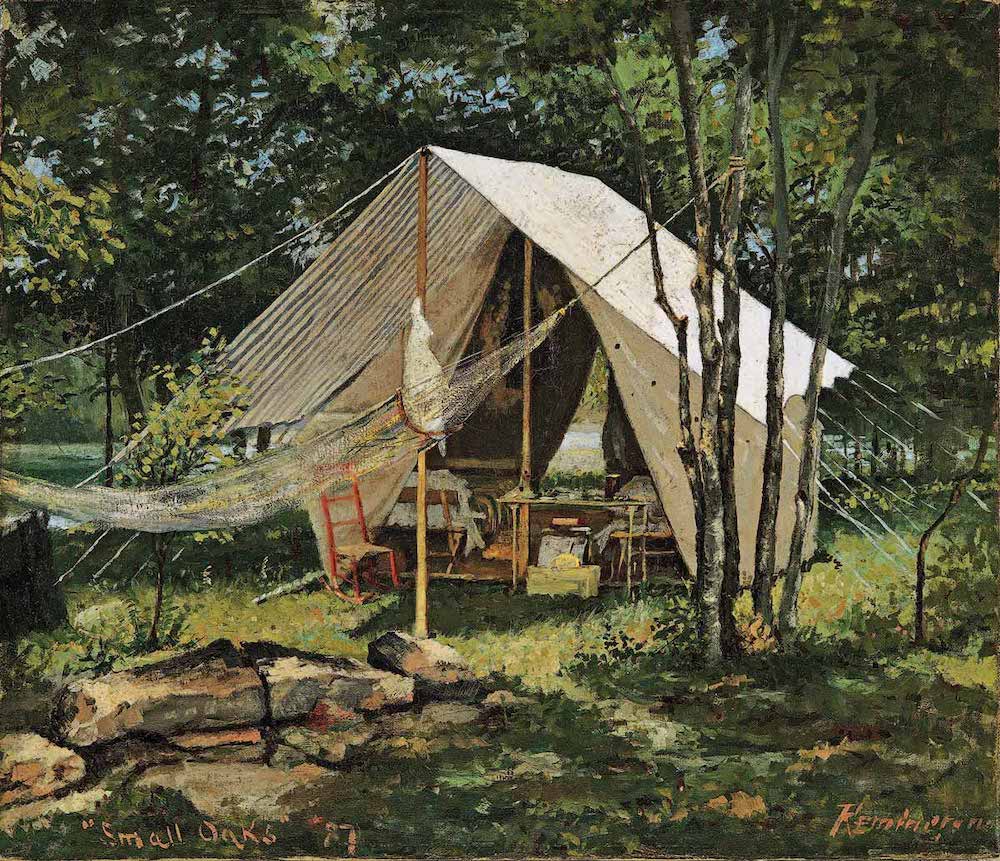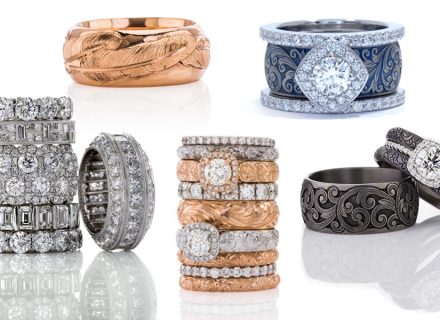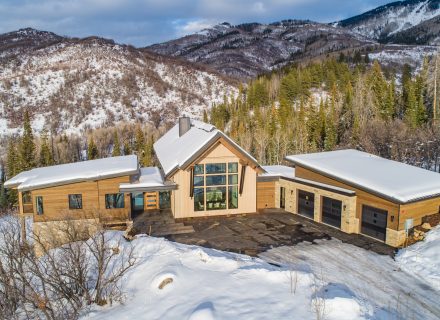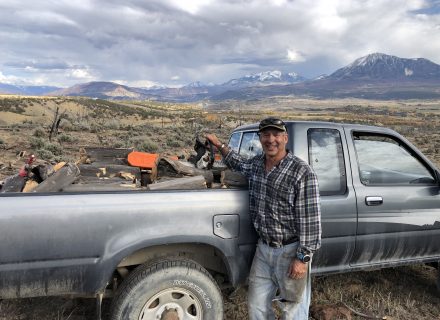An exhibition offering an important opportunity to see a Western master afresh is on view at the Sid Richardson Museum in Fort Worth, Texas.
Another Frontier: Frederic Remington’s East presents extraordinary paintings from the Frederic Remington Art Museum in New York in proximity to Remington masterworks from the museum’s permanent collection. “The exhibition takes viewers far from Remington’s West and introduces them to his circle of Eastern friends and to his beloved North Country, providing an exciting additional dimension to our understanding and enjoyment of an artist mainly associated with Western works,” says Mary Burke, director of the Sid Richardson Museum, which is considered to have one of the most significant private collections of Remington and C.M. Russell paintings in the United States.
Included in the exhibition are 14 paintings from the Frederic Remington Art Museum in Ogdensburg, New York. Eleven of the paintings are Remington works from the period when he yearned to move beyond his popular success as an illustrator to critical fame as a fine artist. The remaining three paintings are impressionist works by American artists (Childe Hassam, Willard L. Metcalf, and Anna R. Brewster) from Remington’s personal collection. “The loan of these paintings from the Frederic Remington Art Museum in New York is unprecedented; they rarely travel,” Burke says. Additionally, there are rarely seen materials — a diary, letters, photographs, sketches, a friendship album, scrapbook album pages, and an exhibition pamphlet — that give rich insights into Remington’s personal and professional life.
C&I talked with Burke about this surprising Eastern aspect of Remington’s oeuvre.
Cowboys & Indians: What is the most surprising thing visitors will learn about Remington in this exhibition?
Mary Burke: The exhibition reveals a little-known side of artist Frederic Remington, best known for his paintings depicting the American West. Remington’s art so profoundly shaped our perception of the Old West that visitors may be surprised to learn he was an Easterner, born and bred. He grew up in Canton and Ogdensburg, New York — the North Country, the forested region stretching from the Adirondack Mountains across the St. Lawrence River into Canada. He attended Yale (briefly), settled in the West (also briefly), and then lived and had studios in New York (Brooklyn, Manhattan, New Rochelle, and Ingleneuk Island) and Ridgefield, Connecticut. He made numerous trips to the West over the years, but composed his illustrations, writings, paintings, and sculptures in the East. Living in the East afforded him the opportunity to frequent New York City art galleries, keeping abreast of a vibrant art scene, and to develop a circle of artist friends and literary colleagues.
C&I: What are the differences between “Remington East” and “Remington West”?
Burke: Frederic Remington’s Eastern and Western paintings were each informed by the geography, people, and history of their locale. Except for the nocturnes, the Remington Western paintings from the Sid Richardson Museum collection largely situate figures (cowboys, Native Americans, and soldiers) in arid landscapes, painted with a warm palette that depicts the sun-drenched countryside. Several paintings represent a time period that predated the artist.
The Eastern paintings from the Frederic Remington Art Museum depict scenes contemporary to the artist, inspired by the natural features of the artist’s home country (upper New York and Canada), painted primarily in cooler palettes (lush greens, blues, and violet). Many of these Eastern paintings are landscapes, with not a single figure to be found in the picture plane. Three of the Eastern paintings in this exhibition are seascapes (The Howl of the Weather, River Drivers in the Spring Break Up, and Hauling the Gill Net), depicting Indigenous people navigating the region’s waterways.
Consider that while Remington was painting iconic Western scenes, his New York studio was surrounded by the landscapes of the North Country.
C&I: Do you have a favorite painting in the exhibition?
Burke: This is a difficult question to answer, but I am going to say River Drivers in the Spring Break Up (oil on canvas, ca. 1905). The painting depicts four almost ghostly figures in a shallow, flat-bottomed boat, cautiously navigating the water’s ice floes in the fog. When I first saw the painting at the Frederic Remington Art Museum, I was drawn to it by the mint green colors of the ice and the steely gray tones of the water. The painting’s misty forms, muted palette, and soft focus construct an otherworldly, dreamlike scene. The painting has a cinematic quality. You can almost imagine you are there in the scene, and in the hush of the morning air, as the bateau moves slowly forward, you can hear the stillness interrupted by the sound of the poles breaking through the water, and the crunch of the ice against the boat.
Another Frontier: Frederic Remington’s East is on view through September 8 at the Sid Richardson Museum in Fort Worth, Texas.
Photography: (featured) Small Oaks, (slideshow), The Howl of the Weather, Boathouse at Ingleneuk, River Drivers in the Spring Break Up, and Small Oaks
From the May/June 2019 issue.





















